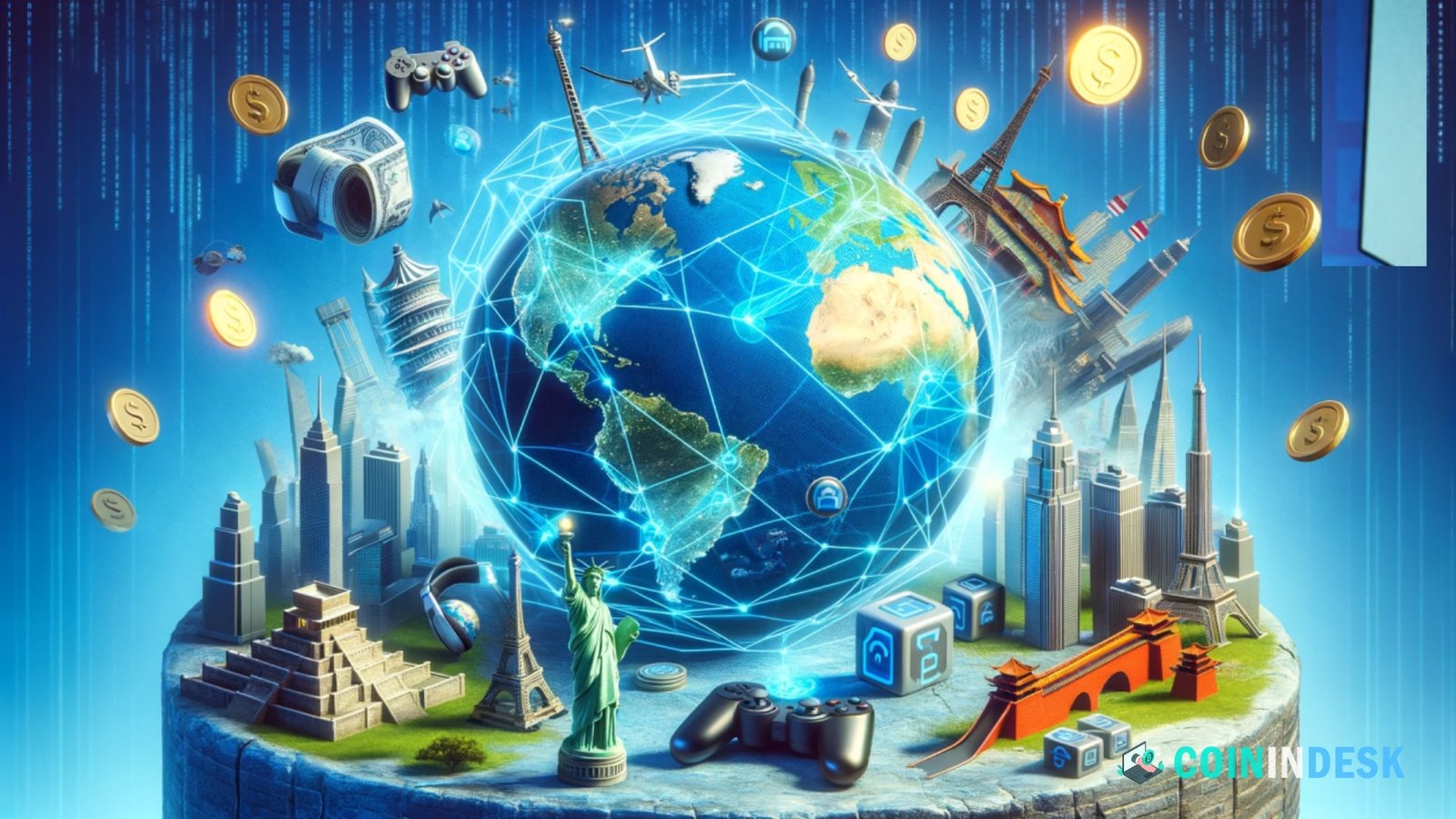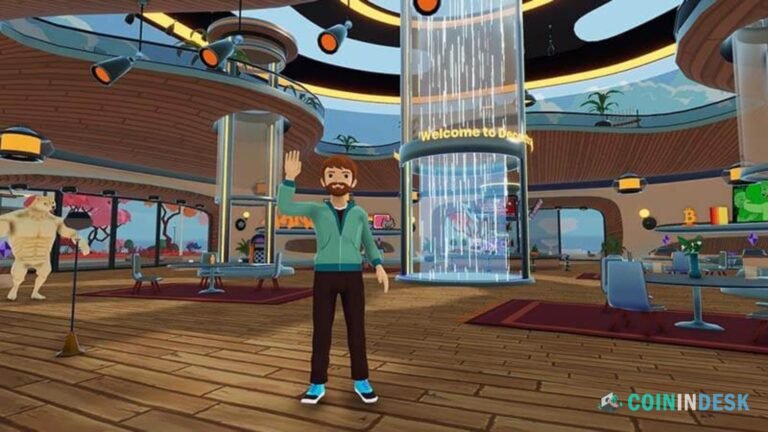In 2024, gaming and decentralized finance (DeFi) are merging in previously unimaginable ways. DeFi games, also known as GameFi, combine the mechanics of blockchain technology with interactive, often play-to-earn (P2E) games, creating a revolutionary experience for players. These platforms are reshaping the future of gaming, providing users with both entertainment and financial incentives. While the early days of DeFi gaming were marked by experimentation, the sector has matured, bringing forth sophisticated games that offer real-world financial rewards.
What Are DeFi Games?
DeFi games blend traditional gaming experiences with decentralized financial systems. Unlike traditional video games, where the developers control in-game currencies and assets, DeFi games leverage blockchain technology to give players ownership over their virtual assets. Players can trade, lend, or stake these assets within decentralized finance ecosystems, making gaming a source of entertainment and a way to generate income.
A typical DeFi game operates on a blockchain network, most commonly Ethereum or Binance Smart Chain (BSC). Players can interact with decentralized applications (dApps) through digital wallets, storing tokens, NFTs (non-fungible tokens), and other in-game assets. The financial aspect comes into play when players can earn tokens or rewards through gameplay, which can be traded or invested within the DeFi ecosystem.
This system democratizes gaming, as players can participate in the game’s economy and gain real financial benefits independent of third-party intermediaries like game developers or publishers.
Key Mechanics of DeFi Games
DeFi games are built on several core principles that set them apart from traditional games:
- Play-to-Earn (P2E): One of the most attractive features of DeFi games is the play-to-earn model, where players are rewarded with cryptocurrency or NFTs for their in-game achievements. This transforms the gaming experience from a leisure activity into an economic endeavor. Popular titles like Axie Infinity and Decentraland have successfully pioneered this concept, with some players earning substantial incomes by participating in the game’s economy.
- Ownership of In-Game Assets: DeFi games give players full ownership of their in-game assets, such as characters, weapons, or digital land. These assets are often represented as blockchain NFTs, making them unique, transferable, and tradable on various marketplaces. This differs from traditional games, where in-game assets are confined to the game’s ecosystem and cannot be traded for real-world value.
- Yield Farming and Staking: Many DeFi games integrate yield farming and staking mechanisms, where players can earn interest or rewards by locking up their in-game tokens or assets. For example, a player might stake their NFTs in a DeFi protocol and earn rewards based on the performance of the underlying assets. This introduces a new layer of financial strategy to gaming, combining gameplay and passive income generation.
- Decentralized Governance: In some DeFi games, players can participate in governance decisions, such as determining future game developments, by holding governance tokens. These tokens give players voting power, ensuring that the game evolves according to the community’s desires rather than a centralized entity.
Examples of Popular DeFi Games in 2024
Axie Infinity
Still, a dominant player in the GameFi space, Axie Infinity allows users to collect, breed, and battle creatures called Axies. Players earn the in-game token Smooth Love Potion (SLP), which can be traded on exchanges. In 2024, Axie Infinity introduced new gameplay mechanics, such as staking Axies for rewards, making it a more robust DeFi gaming ecosystem.
Illuvium
Illuvium is an open-world RPG that blends blockchain technology with traditional gaming elements. Players hunt and capture creatures called Illuvials, which are represented as NFTs. These NFTs can be used in battle, traded, or sold in the game’s decentralized marketplace. Illuvium’s integration with DeFi protocols allows players to stake their tokens and earn yields, providing a dual gaming and investment experience.
Star Atlas
Star Atlas is a space exploration and strategy game on the Solana blockchain. Players can engage in space battles, trade resources, and explore the galaxy while earning in-game tokens. The game’s decentralized nature allows players to own starships, planets, and other in-game assets, all of which can be traded or staked within the game’s DeFi ecosystem.
The Sandbox
The Sandbox is a decentralized virtual world where players can create, own, and monetize their gaming experiences. Using blockchain technology, players can buy and sell virtual land, create games, and trade assets within the game. The platform integrates DeFi mechanics by allowing players to stake their in-game assets, earning rewards and passive income.
The Economic Impact of DeFi Games
DeFi games are more than just a new gaming trend; they represent a significant shift in how people interact with digital economies. By incorporating decentralized finance into gaming, players can monetize their time and skills in previously impossible ways. For example, a skilled player in Axie Infinity can earn SLP tokens, which can be traded for real-world currencies like USD or Ethereum. In countries with weaker economies, these games have even provided a lifeline for individuals who use their in-game earnings as a primary source of income.
Moreover, the rise of DeFi games has created new opportunities for developers and investors. Developers can create engaging and economically rewarding games, while investors can profit by staking tokens or buying in-game assets. The decentralized nature of these games also reduces the power of traditional gatekeepers, such as large gaming corporations, empowering smaller studios and independent developers.
Challenges and Future Outlook
Despite the promising future of DeFi games, the sector faces several challenges. One of the primary concerns is the volatility of cryptocurrencies. Since many DeFi games reward players in tokens that fluctuate in value, players’ earnings can be unpredictable. Additionally, the reliance on blockchain technology can result in high gas fees, particularly on networks like Ethereum, which may discourage players from participating in certain games.
Security concerns exist, as DeFi games are susceptible to hacks and exploits. Several DeFi protocols have been compromised in recent years, leading to significant financial losses for users. Game developers must prioritize security to protect players’ funds and assets.
However, the potential for DeFi games remains enormous. As blockchain technology evolves, we can expect more user-friendly and scalable solutions to emerge. Layer-2 solutions and alternative blockchains, such as Solana and Avalanche, are already addressing some scalability issues, making it easier for developers to create complex and engaging games without high transaction costs.
The lines between traditional gaming and decentralized finance will likely continue to blur. Major gaming companies may explore DeFi elements, while DeFi games will evolve to offer more polished and mainstream experiences. Integrating virtual reality (VR) and the metaverse could further enhance DeFi games, allowing players to immerse themselves in decentralized worlds where gaming, finance, and social interaction are all interconnected.
Conclusion
DeFi games represent a paradigm shift in both the gaming and financial worlds. By combining the excitement of gaming with the profitability of decentralized finance, these games offer players a unique opportunity to earn real-world rewards while having fun. As the DeFi game ecosystem grows and matures, it has the potential to attract millions of players, creating a thriving economy where anyone can participate, earn, and invest.
In 2024 and beyond, DeFi games are poised to continue their rapid evolution, ushering in a new era where the boundaries between gaming and finance are forever intertwined.


